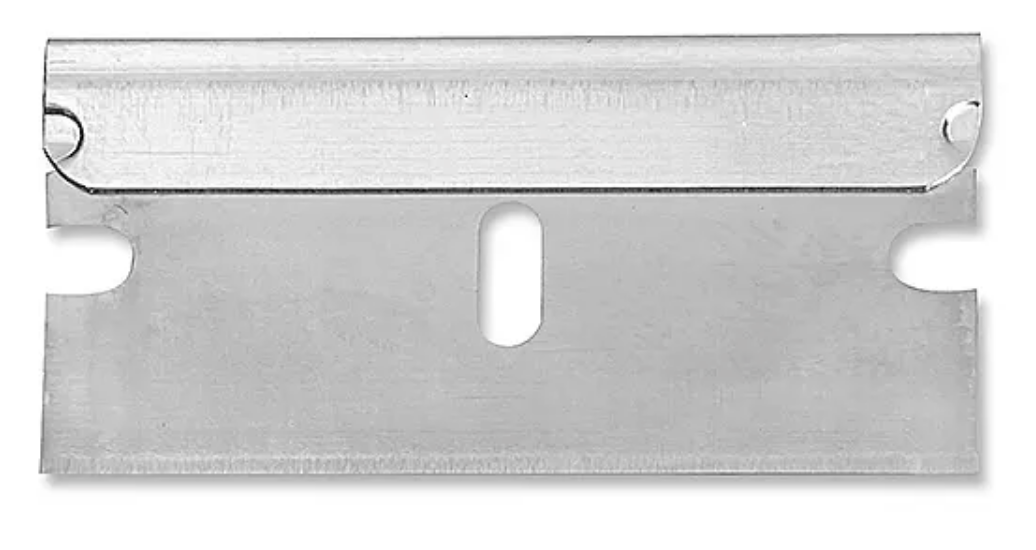I've had that happen a few times and had some success using a razor blade. Kind of depends how much space there is between the two surfaces. I push the blade in by rocking it and once I get the tip in I'll drag the blade along the seam. Safety blades worked best for me because they are a lot thinner than utility knife blades but it's harder to get a good grip on it.
diy
Finally, a comm for that one user who hand-makes longbows. This ones for you, comrade.
This is the answer.
Also, even using an appropriate amount of silicone would have the same result. That stuff is very strong when you have 2 machined surfaces like a water pump.
Whatever you do, OP, worry about protecting the block. The pump is already toast.
You can also take a plastic mallet (a heavier one, say 1-2 lb), and wack on the water pump pulley/shaft (whatever is being replaced). The trick is a quick, sharp hit vertically (and slightly away from the block, if there's room), to lever the pump off. You're just trying to break the adhesion of the silicone on the top edge. Once there's a small break, the rest will give. Doing this won't hurt the block, I've done it countless times over the decades. One of those orange plastic dead blow hammers from Harbor Freight work great for this kind of thing.
You can also take a plastic mallet (a heavier one, say 1-2 lb), and wack on the water pump pulley/shaft (whatever is being replaced). The trick is a quick, sharp hit vertically (and slightly away from the block, if there's room), to lever the pump off. You're just trying to break the adhesion of the silicone on the top edge.
This is a good suggestion. I need to get a plastic hammer in that weight range.

Yeah, that's what I'm doing right now. I imagine it'll get there eventually, but it's slow going.
Belt driven pump? Have you tried using an angled pry bar and using the pulley on the pump as a pry point? Any way to pull on the pulley, and break the RTV seal? Anything thin and flexible to cut the RTV away? None of the holes along the pump flange intended to be used to thread a bolt into and push the pump housing off the block?
Bugs me when people go hog wild with the RTV. There’s a knack to it.
That's an interesting idea. I'll give that a shot, thanks!
The dude across the street from me runs an illegal / unlicensed body shop and he's gonna take a crack at it tomorrow for free because he's cool. Thanks for all the suggestions folks! Had some beginnings of success with a razor and careful chisel work, but I think my neighbor will be way better at it than I am, and that fucking thing is on there. I think the guy who did the last pump might not have put that gasket on, but just bonded the two pieces of metal straight together for some reason, which has left them basically fused.
Not sure how well this will work, but after chiseling away the excess goop (not aiming the chisel/blade between the mating surfaces, just going around the outside to remove excess) I wonder if you could "floss" it with a thin strand of steel wire, or a feeler gage. This will hurt the aluminum, but like @[email protected] suggested, if you break the adhesion on one side it might encourage it to come free with a mallet, leaving most of the sealing surface intact.
If the sealing surface does get marred a bit, you can smooth it out with a wet, fine grit sharpening stone. It won't be quite as flat as sandpaper on a surface plate, but it can fit in a tight space (and costs an order of magnitude less). We use these on our CNC machines to smooth out flat surfaces when they get dinged up (like the table of a mill or wire EDM). They don't really remove voids though, just protrusions.